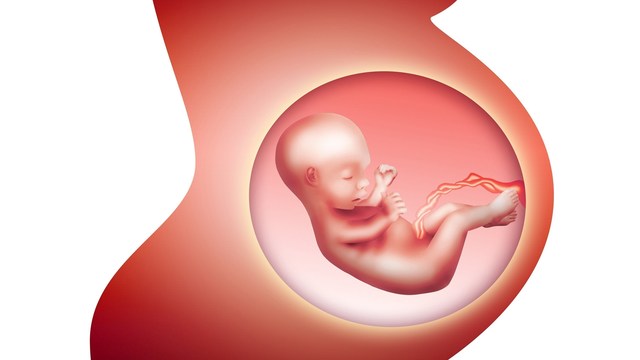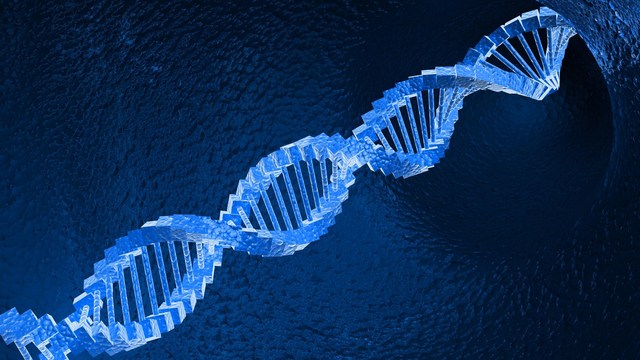Schizoaffective disorder is a chronic and debilitating condition. Though common, it is not a well understood or defined psychological disorder. Is it a type of schizophrenia or a type of mood disorder?
It is a combination of the symptoms of schizophrenia and an affective mood disorder. With each affected individual, the disorder can present with a unique course of symptoms. The focus of this article is a basic overview.
Most clinicians and researchers agree that schizoaffective disorder is a type of schizophrenia. To diagnose this disorder, a person must show the psychotic symptoms of schizophrenia and the mood disturbances associated with an affective mood disorder. (1)
Delusions, hallucinations, disorganized thinking and paranoid thoughts are primary symptoms of schizophrenia. Individuals with schizoaffective disorder experiences periods of primary symptoms of schizophrenia with periods of either major depression or major mania. (2)
The criteria for major depression includes a depressed mood, marked loss of interest in almost all activities, significant weight gain or loss or an increase or decrease in appetite, insomnia or hypersomnia, psychomotor agitation or retardation, fatigue or loss of energy, feeling of worthlessness or inappropriate guilt, diminished level of concentration or indecisiveness and recurrent thoughts of death or suicide.(3)
To correctly diagnose major depression, a person must have a total of five of the above symptoms for at least two weeks. One of the symptoms must be depressed mood or loss of interest. (3)
Some individuals with schizoaffective disorder experience periods of schizophrenia with periods of major depression only. This is the depressive subtype of the disorder. (1)
Individuals with bipolar-type schizoaffective disorder can experience the primary symptoms of schizophrenia with manic episodes with or without depressive symptoms or depressive episodes. (1)
The criteria for a manic episode include a distinct period of abnormally and persistently elevated, expansive or irritable mood which lasts at least one week. During a mood disturbance, a person has an inflated self-esteem, feels rested after only three hours of sleep, is more talkative than usual, has racing thoughts, is easily distracted by irrelevant external stimuli and engages in increased goal-directed activity and excessive involvement in pleasurable activities with a high potential of painful consequences. (4)
To correctly diagnose manic mood disorder, a person must have three or more of the above symptoms. These symptoms must be persistent and present to a significant degree. (4)
Diagnosing schizoaffective disorder can be difficult. The mood symptoms in schizoaffective disorder are more prominent and last a substantially longer time in comparison to schizophrenia. To confirm the diagnosis, a person must have hallucinations or delusions at least two weeks in the absence of prominent mood symptoms. (1)
Generally, patients with schizoaffective disorder respond best to a combination treatment plan of prescribed medications and psychotherapy. Treatment plans are individualized based on the type of the disorder and the severity of the symptoms.
Physicians prescribe medications to relieve psychotic symptoms, stabilize mood and treat depression.
Paliperidone (Invega) is the only medication approved by the Food and Drug Administration (FDA) for the treatment of schizoaffective disorder. It is an antipsychotic drug. However, medications used to treat other mental conditions are helpful in treating the symptoms of schizoaffective disorder.
During the psychotic phase, antipsychotic drugs, called neuroleptics are most often used. Antidepressant medications are used when depression is the underlying mood disorder. Mood-stabilizing drugs are prescribed to treat the symptoms of bipolar-type schizoaffective disorder. (2)
It is important to note that all medications can potentially cause side effects. Read the accompanying drug package insert to learn the possible side effects of the prescribed drug.
Cognitive behavior therapy, psychotherapy and family counseling are effective psychosocial interventions to help manage symptoms and improve the individual’s quality of life.
Sources:
(1) National Alliance on Mental Illness: Schizoaffective Disorder, Dec. 7, 2011
http://nami.org/Template.cfm?Section=By_Illness&Template=/TaggedPage/Tag...
(2) Mayo Clinic: Schizoaffective Disorder, Dec. 7, 2011
http://www.mayoclinic.com/health/schizoaffective-disorder/DS00866
(3) Affiliated Doctors of Orange County: Basic Guidelines for Depression in Adults Primary Care, Dec. 7, 2011
http://www.adoc.us/Providers/ADOC_Depression.pdf
(4)Counselling Resource: Manic Episode Symptoms, Dec. 7, 2011
http://counsellingresource.com/lib/distress/mood-disorders/mood-episodes...
Reviewed December 12, 2011
by Michele Blacksberg RN
Edited by Jody Smith






Add a CommentComments
There are no comments yet. Be the first one and get the conversation started!